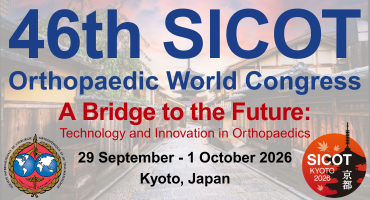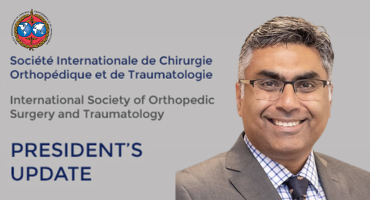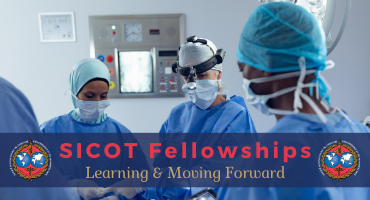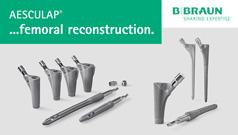Risk factors for delayed pubic union after eccentric rotational acetabular osteotomy
Int Orthop. 2025 Oct 21. doi: 10.1007/s00264-025-06676-0. Online ahead of print.
ABSTRACT
PURPOSE: Eccentric rotational acetabular osteotomy (ERAO) is an effective treatment for acetabular dysplasia, but delayed union of the superior pubic ramus is a concern. This study identified risk factors for delayed pubic union post-ERAO and evaluated its clinical impact.
METHODS: This retrospective study included 101 patients who underwent ERAO during 2014-2022, grouped according to one year pubic union status: union (n = 78) and delayed union (n = 23). We compared demographics, pre-and postoperative radiographic parameters (including lateral, anterior, and posterior centre-edge angles; acetabular sector angles; acetabular anteversion; pubic osteotomy site; and femoral head centre lateralisation), and clinical outcomes.
RESULTS: Multivariate logistic regression identified older age (odds ratio [OR], 1.07; 95% CI, 1.00-1.13), a more medial pubic osteotomy site relative to the iliopectineal eminence (OR, 1.28; 95% CI, 1.10-1.49), and insufficient femoral head centre medialisation (OR, 1.40; 95% CI 1.12-1.74) as independent risk factors for delayed union. The pubic osteotomy site cutoff was 12.0 mm medial to the iliopectineal eminence (AUC 0.759). The delayed union group exhibited significantly higher rates of inferior pubic ramus stress fractures (17.4% vs. 1.3%, p = 0.009), although two year JOA scores were similar between groups.
CONCLUSION: Older age, pubic osteotomy more medial to the iliopectineal eminence, and insufficient femoral head medialisation are key risk factors for delayed pubic union after ERAO. While these factors did not directly affect hip function at two years postoperatively, they significantly increased the risk of inferior pubic ramus stress fractures. Therefore, accurate pubic osteotomy and careful avoidance of femoral head lateralisation are essential.
PMID:41117916 | DOI:10.1007/s00264-025-06676-0

















